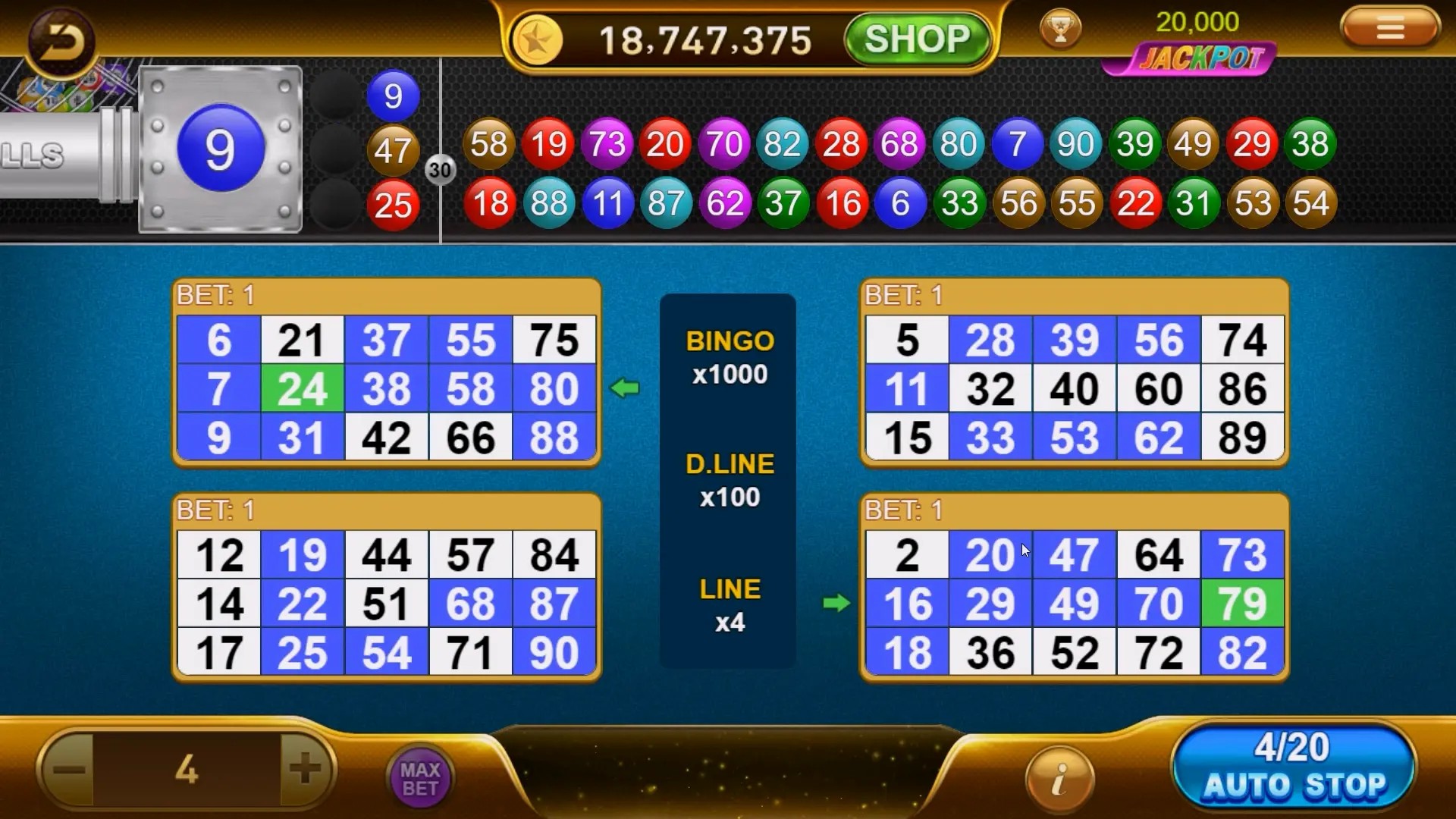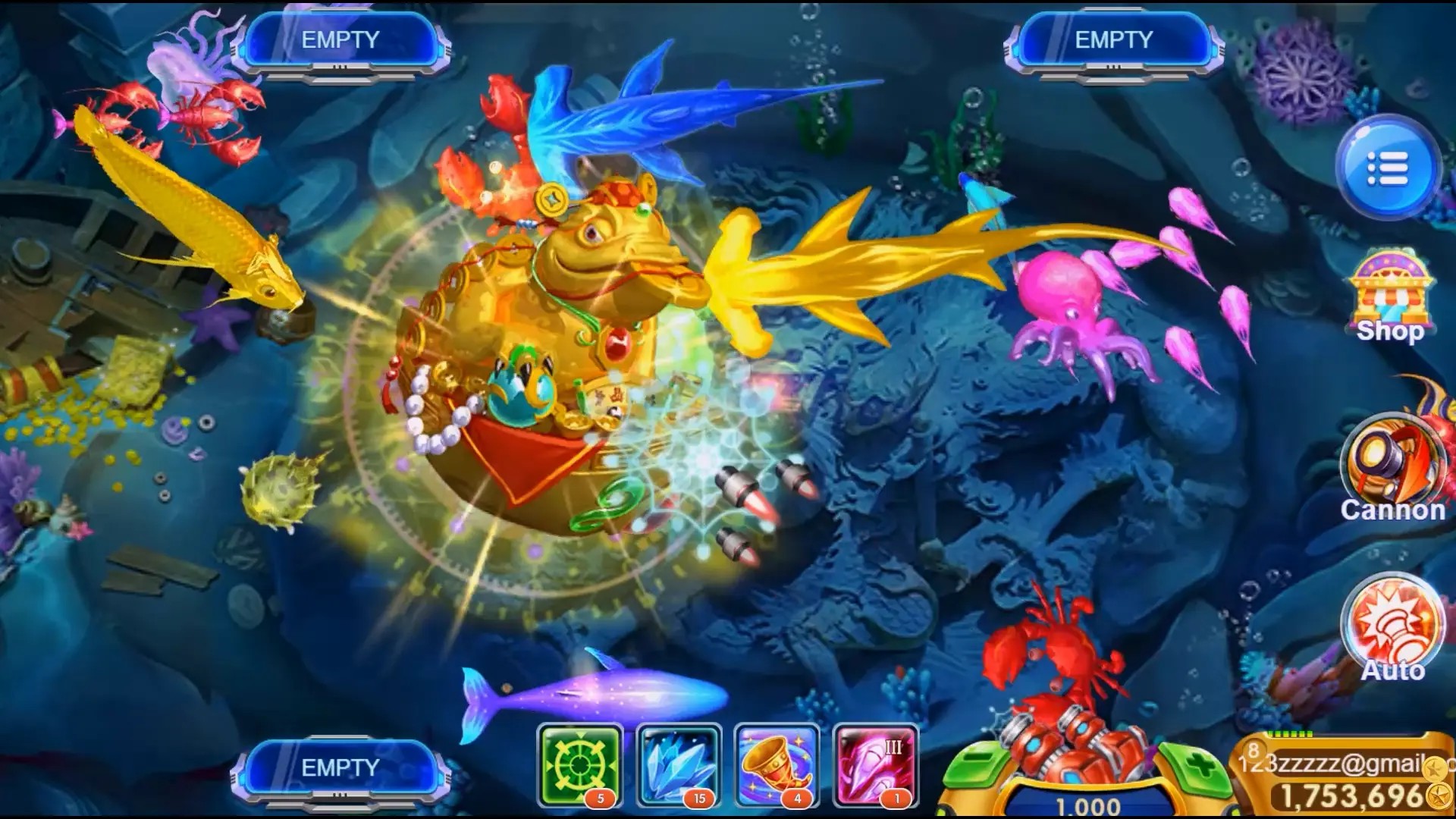Unlocking Creativity: How Sandbox Games Revolutionize Puzzle Game Design
When we think about sandbox games, it's easy to picture wide-open worlds where the only limit is your creativity. But did you know that these games are changing the landscape of puzzle games? In this article, we'll explore how sandbox games are not just a genre, but a powerful tool for enhancing puzzle design. Ready to dive in? Let's go!
The Evolution of Puzzle Games
Puzzle games have come a long way since their inception. Initially designed to test logic and reasoning skills, they often relied on repetitive mechanics and predictable challenges. But enter sandbox games, where freedom reigns, and everything changed! Here's how:
- **Open Systems**: In classic puzzles, players follow a set path. Sandbox games lend themselves to open-ended gameplay, allowing players to explore multiple solutions.
- **Creativity Unleashed**: Unlike linear puzzles, sandbox settings encourage players to think outside the box, creating unique solutions to challenges.
- **Dynamic Environments**: The environment in sandbox games is often interactive, adding layers of complexity to puzzles that weren't possible before.
How Sandbox Mechanics Innovate Puzzle Design
With sandbox games, the traditional approaches to puzzle design are transformed. Here's a closer look at the key elements:
| Element | Traditional Puzzle Design | Sandbox Game Influence |
|---|---|---|
| Player Agency | Limited decision-making | Empowered choices |
| Solve Path | Single route | Multiple possible solutions |
| Replay Value | Static challenges | Dynamic experiences |
This table highlights the stark differences between traditional puzzle design and what sandbox mechanics bring to the table. It's not just about solving a puzzle anymore; it's about choosing how to engage with a problem, encouraging players to experiment!
Engagement & Community Building through Sandbox Puzzles
One of the most exciting things about sandbox games is their ability to foster community. Players are more engaged than ever—and here's why:
- **Collaborative Problem Solving**: With complex puzzles, players often share solutions and strategies, building a community around the game.
- **User-Generated Content**: Sandbox games allow players to create their own levels or puzzles, offering endless possibilities for others to enjoy.
- **Feedback Loops**: Developers can quickly adapt to community suggestions, creating a more responsive and enjoyable gaming experience.
This level of interaction brings more life to the puzzle genre, making it not just a solitary experience but a social one, where players can learn from each other.
Conclusion: The Bright Future of Puzzle Games
As we look ahead, it's clear that sandbox games are revolutionizing puzzle design in various exciting ways. With their ability to encourage creativity, adaptability, and community engagement, the future of puzzle games brighter than ever. So next time you grab your controller or dive into a game, remember the powerful potential of sandbox elements in shaping the puzzles of tomorrow!
Whether you're a fan of traditional puzzle games or exploring sandbox creations like "EA Sports FC 24" or whipping up a culinary delight like "go fresh and herby potato salad," keep your creative juices flowing. Who knows what you might discover?



